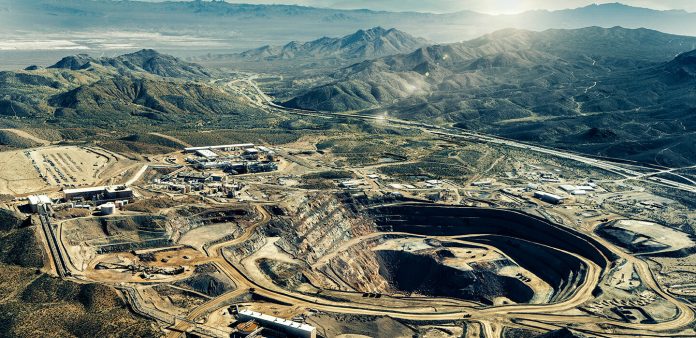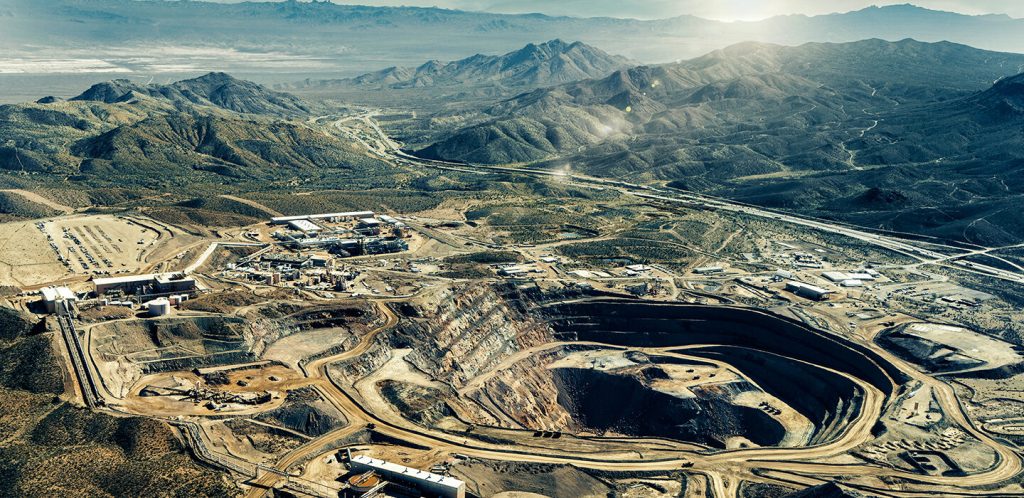
What if the Earth’s crust were not so much a rigid shell as a huge, living circuit board, silently directing metals underfoot? New research has revealed an astonishing plan: under the continents, concealed ‘metal highways’ direct valuable resources in manners that call into question traditional geological presuppositions. For earth science aficionados, geology students, and resource exploration professionals, such findings are not just academicthey could soon revolutionize the way societies discover and mine the metals that drive everything from smartphones to wind turbines. This listicle navigates the most compelling findings of recent research, highlighting how processes deep within Earth, advanced geophysical technologies, and the ancient design of the planet are coming together to inform a new sustainable mining regime.
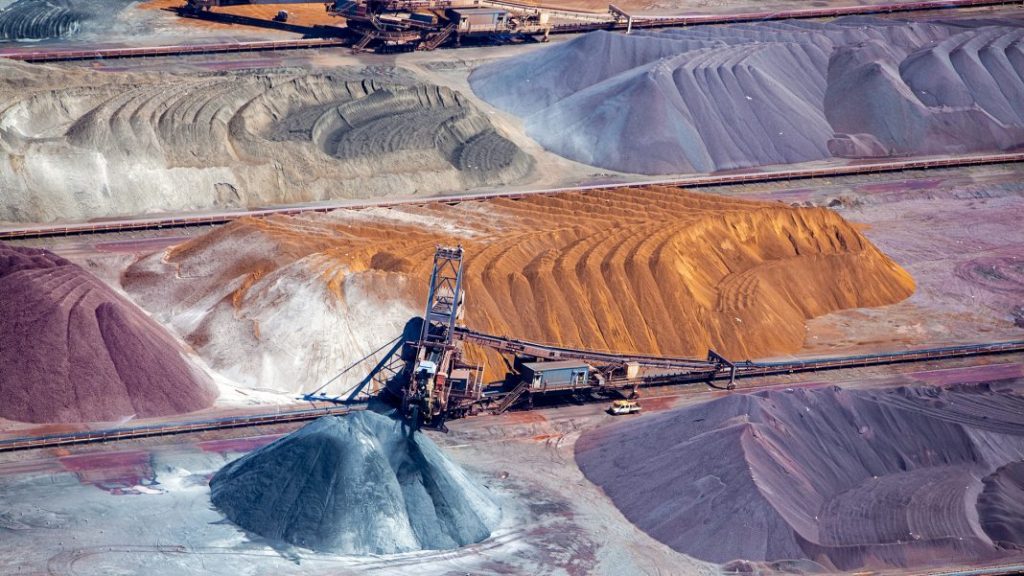
1. The Goldilocks Zone: Where Metal Highways Are Born
Deep beneath the Earth’s surface, a slim temperature window of about 1,000°C forms what scientists now refer to as the ‘Goldilocks zone.’ It is there that the environment is ‘just right’ for the key metals such as copper, cobalt, and tellurium to move upwards from the mantle, evading traps in rocks and making their way towards the surface. As Dr. Iain McDonald outlined in Nature Communications, “if the temperature is ‘just right’ at about 1000°C, then metals such as copper, gold, and tellurium can break free from the trap and migrate up towards the surface to accumulate as ore deposits.” Not only does this discovery illuminate the path of the metals, but it also provides a scientific justification for directing exploration to particular crustal depths with the possibility to lower both costs and environmental footprint.
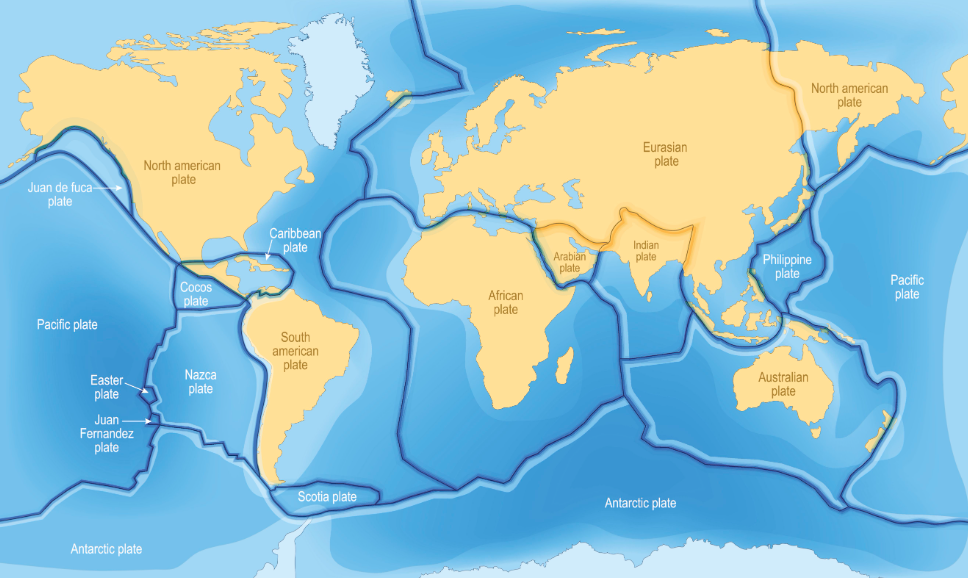
2. Ancient Continental Edges: Nature’s Metal Traps
An impressive 85 percent of all discovered base-metal depositsand all individual ‘giant’ depositsare located along the concealed edges of ancient continents, where the lithosphere is reduced to approximately 170 kilometers. These limits, traced by seismic waves and gravity surveys, serve as natural trap sites for metal-fect fluids. Recent worldwide research concludes that these regions are ‘the sweet spot’ for generating high-grade ores. The plan is evident: the tough, deep roots of ancient continents provide the ideal environment for metal to concentrate, usually in linear belts that can be followed across continents. This discovery is set to unlock enormous, untapped areas in central Asia, western Africa, and North America to focused, less destructive mining.

3. Magma, Melts, and the Mechanics of Metal Flow
Beneath the crust, molten carbonate-rich material doesn’t simply riseit flows outward, tracing the contours of ancient continental cores. As this melt ascends, silica drops out, triggering a cascade of chemical changes that precipitate metals and sulfur. The result is the formation of predictable mineral corridorslinear deposits packed with copper, cobalt, and rare earth elements. Higher-order modeling of two-phase flow in the mantle, as outlined in recent numerical models, indicates that tiny percentages of melt can radically change where and how these metals accumulate. These findings are not merely conjecture: they give geologists a first-order guide for where to look for the next crop of resource deposits.
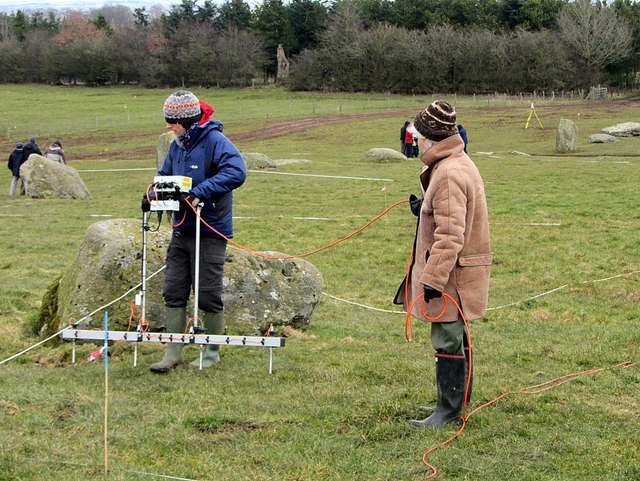
4. Geophysical Surveys: Mapping the Invisible
Today, mineral prospecting increasingly depends on a battery of geophysical survey methods to look underneath the earth and locate concealed ore bodies. Seismic reflection and refraction surveys map the crust’s structure, while magnetic and electromagnetic surveys identify areas with abundant conductive minerals. Gravity surveys particularly excel at finding heavy ore bodies, and induced polarization can identify even low-grade sulfide deposits. As industry specialists point out, blending these techniques enables the establishment of precise 3D models, minimizing the expense and environmental disturbance associated with drilling. The pairing of machine learning and sensor-equipped drones is also speeding up discoveries in distant or hostile terrain.
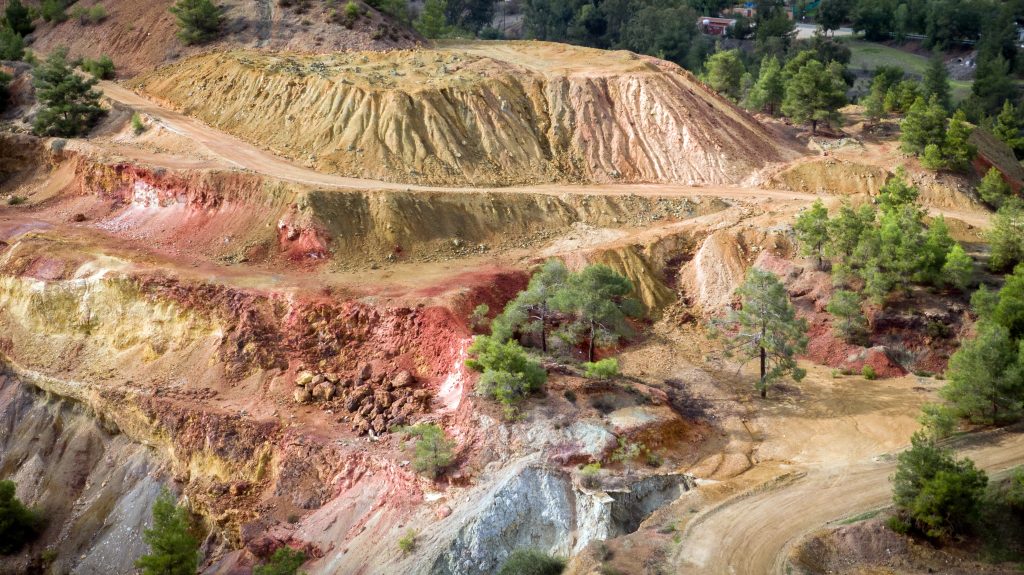
5. Structural Faults and the Noranda Blueprint
The Noranda District of Quebec is a textbook illustration of how crustal architecture and long-lived fault systems concentrate metal endowment. High-resolution seismic, gravity, and magnetotelluric surveys have delineated subvertical pipe-like structuresdeep conduits through which magmas and metalliferous fluids rise from the mantle. These multi-kilometer-scale structures, usually associated with large faults, are among the places that host some of the world’s most valuable volcanogenic massive sulfide (VMS) and gold deposits. The concentration of these deposits along transcrustal structures is repeated in other world-class districts, stressing the importance of knowing both the geologic history and the current-day physical characteristics of the crust. As demonstrated in current research, such characteristics are good proxies for targeting exploration and interpreting the variable metal endowment of greenstone belts worldwide.
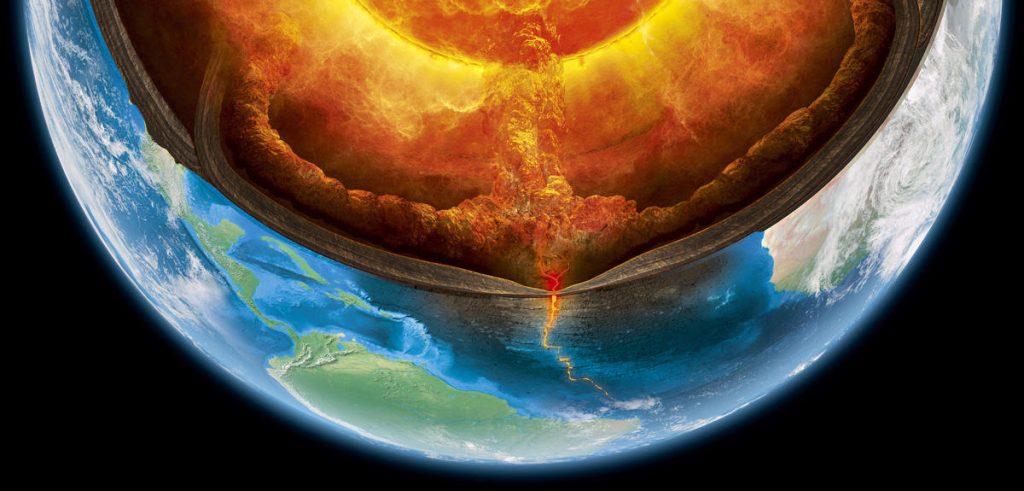
6. Channelized Melt Flow: The Mantle’s Secret Highways
Numerical models and field observations have shown that the melt does not always percolate uniformly through the mantle. Rather, it tends to structure into channelized flowsnarrow, high-flux conduits that effectively carry metals from remote sources to the crust. These channels, which sometimes appear as dunite veins in ophiolite complexes, are a manifestation of stress-driven segregation and localized deformation. As outlined in several studies, this targeted melt flow is a primary process of metal concentration, and it accounts for the development of enriched ore bodies under spreading centers and subduction zones.
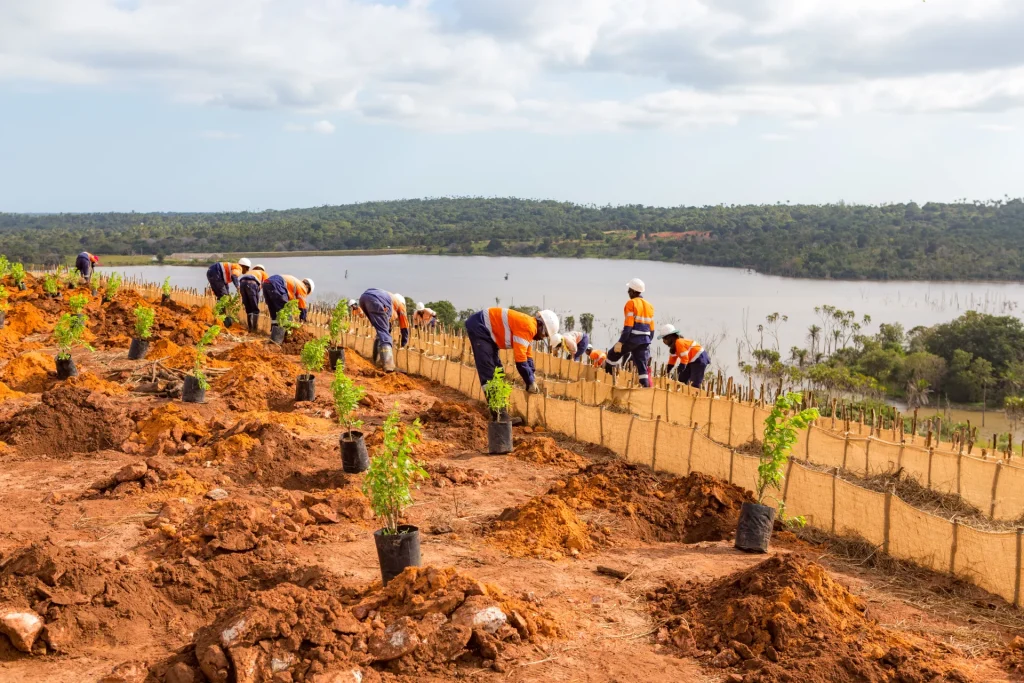
7. Environmental Promise: Toward Greener Mining
The detection of carbonate-rich paths of melt and specific mineral corridors provides more than efficiencyit provides the entrance to sustainable mining. Through focusing exploration and mining on these well-mapped areas, companies are able to reduce surface disturbance and lower the environmental impact of their activities. As Mark Hoggard stressed in Heritage Daily, ‘Once you discover the correct location, you only need to make one hole, and buried deposits are likely to be mined through shafts compared to most present-day base metal mines, which tend to be ruinous open-pit operations.’ This is important because the world is racing to satisfy the skyrocketing demand for metals necessary for renewable energy and technology.
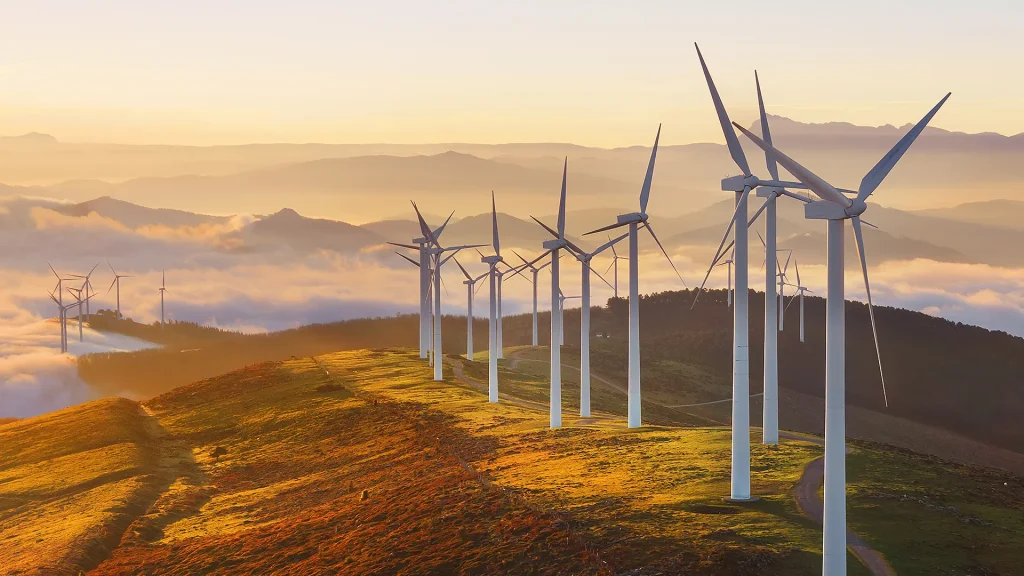
8. The Societal Stakes: Satisfying the Metal Demand
As the world transitions to electric vehicles, renewable energy, and advanced electronics, demand for copper, cobalt, nickel, and rare earths is expected to exceed all past mining in human history. The World Bank calculates that more than three billion tonnes of metals and minerals will be required by 2050 to maintain the global warming limit of less than 2°C. It is not only a scientific imperative but also a societal one to understand and utilize the Earth’s natural metal highways. With new exploration frontiers opening in previously under-explored areas, there is the chance to achieve economic development coupled with environmental responsibility.
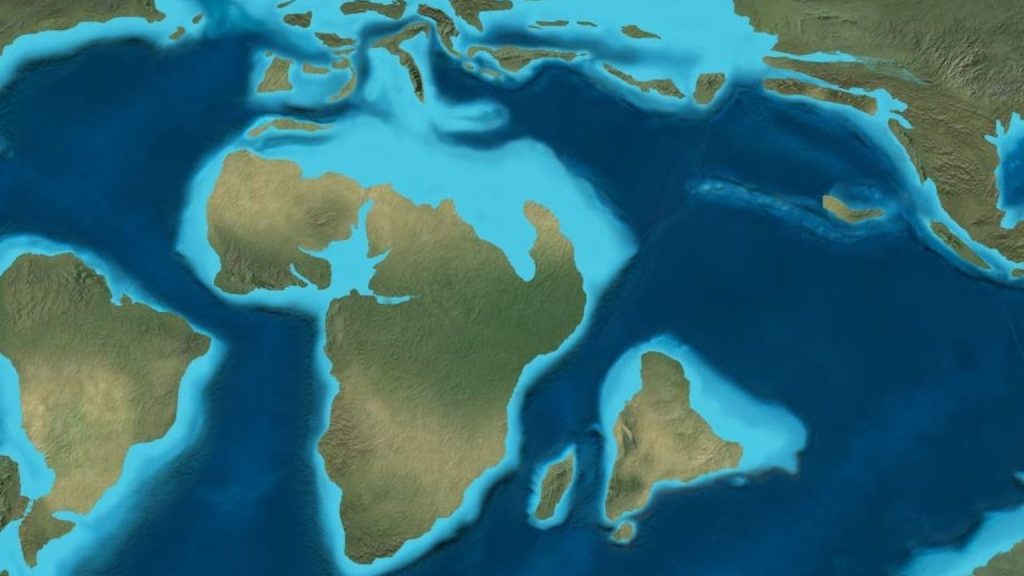
9. The Future: Deep-Earth Mapping and Exploration 2.0
A new age of resource exploration is unfolding, driven by the fusion of deep-Earth science, advanced modeling, and geophysical imaging. As scientists decipher the blueprints of the planet’s hidden structure, exploration risk and guesswork decline. The potential is plain to see: tomorrow’s clean energy revolution could be founded on the old, unseen highways under our feet. Future breakthroughs will likely result from collaborations that can merge geological record, cutting-edge technology, and dedication to sustainable practice.
This discovery of deep-Earth metal highways is a paradigm change for geoscience and resource exploration. By following the ancient structures and flows that have influenced the metal distribution, scientists are providing society with the means to discover and extract resources more effectively and in an environmentally friendly manner. As the world seeks record demand for modern technology’s building blocks, the convergence of geology, physics, and sustainability presents a way forwarda path paved by the Earth herself, waiting to be pursued.
